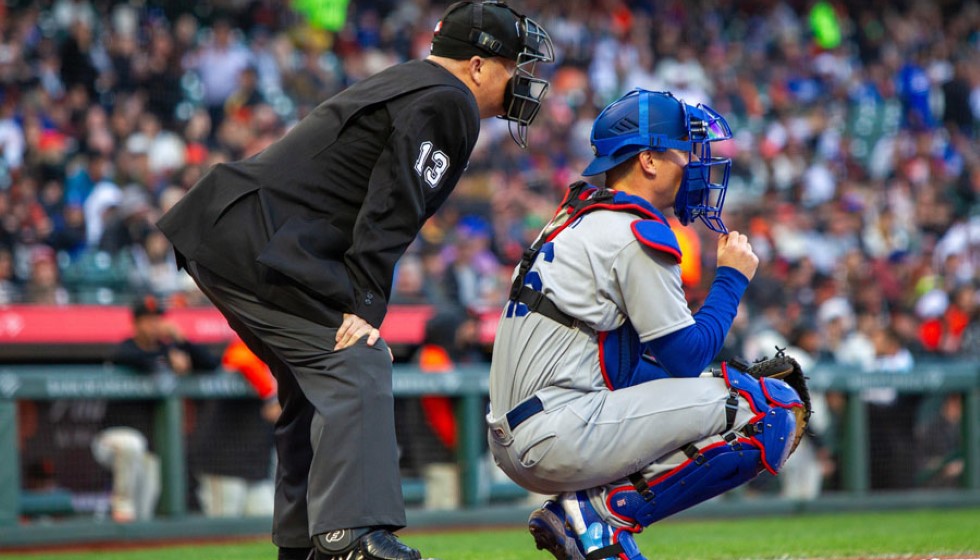
In the high-stakes world of Major League Baseball (MLB), the physical toll on players, particularly pitchers, is drawing heightened scrutiny. Recent reports indicate several notable pitchers, including Eury Pérez, Shane Bieber, Jonathan Loáisiga, and Spencer Strider, have found themselves on the injured list due to various injuries. Adding to the unease, Framber Valdez had to be scratched from a scheduled start owing to elbow soreness, underscoring a worrying trend that continues to plague the sport.
The Alarming Rise of Injuries
Statistically, the prevalence of injuries among pitchers is alarming, with 34.2% having undergone Tommy John surgery—a procedure that repairs a damaged ulnar collateral ligament in the elbow. Furthermore, at the onset of the current MLB season, an astonishing 80% of the players on the injured list were pitchers. This statistic alone signifies a growing problem that the league and its stakeholders must address.
Factors Contributing to Injuries
Several factors contribute to the rise in injuries among pitchers. The introduction of a pitch clock stands out as a potential exacerbating factor that might put additional strain on pitchers, pushing them to deliver faster at the potential expense of their health. Beyond the pitch clock, other changes in the game's dynamics and expectations entail grave consequences for player health.
For one, increased pitching velocity and enhanced spin rates are popular trends that significantly stress pitchers’ arms. Such practices, while improving game standards and excitement, also raise the risk of injuries. Additionally, the MLB's crackdown on the use of foreign substances has left pitchers scrambling for grip solutions, inadvertently leading to more injuries.
The emphasis on early specialization in youth baseball, too, contributes to this concerning scenario. Young athletes focusing solely on baseball from an early age face early wear and tear, potentially leading to a higher injury rate as they progress through their careers. Moreover, the league’s continuous updates and changes come with unintended health impacts, particularly regarding the discussed reduced recovery time for players.
The League's Response and Players’ Frustrations
Despite these concerns, the MLB has yet to publicly acknowledge or conduct extensive studies on the effects of these changes, a move that has raised eyebrows and incited criticism among players and fans alike. Players are expressing their frustrations, particularly over the ban on foreign substances, which many believe directly contributes to the spike in injuries.
One anonymous player's quote encapsulates the sentiment: "I truly believe 100% that's why I got hurt. I'm frustrated MLB doesn't understand. You can't just tell us to use nothing. It's crazy." This statement reflects a broad consensus among players who feel neglected and misunderstood by the league's regulatory changes, which seem to prioritize game aesthetics and regulations over player welfare.
Voicing Concerns
The critique doesn’t end with the ban on foreign substances. There is a growing concern among players and coaching staff about the league's apparent reluctance to consider the long-term health impacts of reduced recovery time forced by tighter game schedules and increased demands on players. "Our concerns about the health impacts of reduced recovery time have only intensified," voices a shared apprehension over the current state of the game.
Furthermore, a poignant observation sheds light on the broader implications of these issues: "The league's unwillingness thus far to acknowledge or study the effects of these profound changes is an unprecedented threat to our game and its most valuable asset—the players." This statement underscores the critical nature of the situation, stressing the necessity for immediate and decisive action to safeguard the health and futures of MLB's athletes.
Looking Ahead
As the debate continues, it becomes increasingly clear that the MLB must take proactive steps to address the concerns of its players. The health and safety of athletes should be of paramount concern, outweighing the entertainment value or aesthetic preferences that seem to currently drive the league's regulations. An open dialogue between the league, players, and medical experts would be a crucial first step in developing comprehensive strategies to mitigate injury risks and ensure the long-term sustainability of baseball careers.
In conclusion, baseball, at its core, is about talent, teamwork, and tradition. However, as the game evolves, so too must its approach to player welfare. Addressing the current injury epidemic among pitchers requires a commitment to understanding and tackling the root causes, not just the symptoms. Only then can MLB hope to protect its most valuable asset—the players—and ensure the continued success and integrity of the sport.